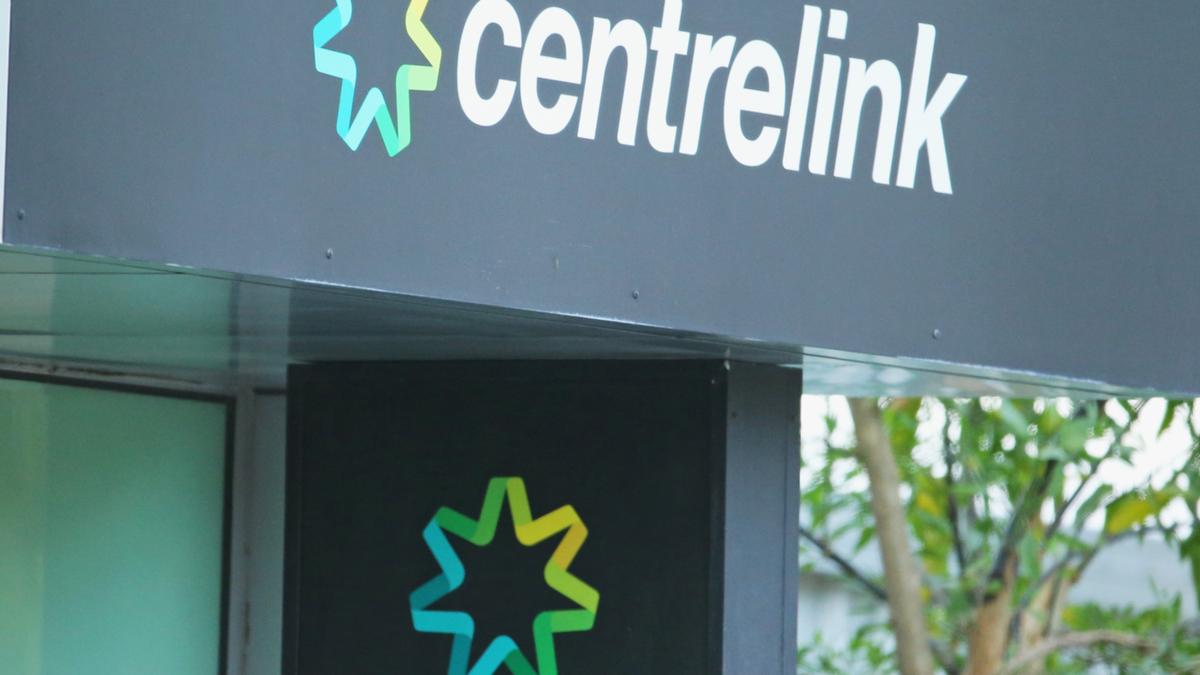If you find yourself in a financial emergency and need quick access to funds, Centrelink may be able to provide you with emergency money. Centrelink is a government agency that provides financial support to eligible individuals and families in Australia. Here’s what you need to know about getting emergency money from Centrelink.
Eligibility for emergency money from Centrelink
To be eligible for emergency money from Centrelink, you must be a current recipient of a Centrelink payment. You must also have received a Centrelink payment within the last 6 months. Centrelink may also take into account your financial situation and determine whether you are eligible for an emergency payment.
Types of emergency money available from Centrelink
There are two types of emergency money available from Centrelink – an advance payment and a crisis payment.
- Advance Payment: An advance payment is a loan from Centrelink that allows you to receive a portion of your future Centrelink payments early. You can apply for an advance payment online through your myGov account or by calling Centrelink. If approved, you can receive up to 10% of your yearly Centrelink payment amount. You will need to repay the advance payment over time through your future Centrelink payments.
- Crisis Payment: A crisis payment is a one-time payment from Centrelink that is available to individuals who are experiencing a crisis or emergency situation. To be eligible for a crisis payment, you must meet specific criteria, such as experiencing a domestic or family violence situation, being released from prison, or experiencing a natural disaster. You can apply for a crisis payment online through your myGov account or by calling Centrelink.
How to apply for emergency money from Centrelink
To apply for emergency money from Centrelink, you can log in to your myGov account and submit an application online. If you prefer, you can also call Centrelink and apply over the phone.
When applying for an advance payment, you will need to provide information about your current Centrelink payment, your financial situation, and the reason for your request. Centrelink may also require you to provide supporting documentation, such as proof of identity, bank statements, or bills.
When applying for a crisis payment, you will need to provide information about your emergency situation and how it has affected your ability to meet your immediate needs. You may also need to provide supporting documentation, such as police reports or medical certificates.
Instant cash loans
If you are not eligible for emergency money from Centrelink or need more funds than what Centrelink can provide, you may consider an instant cash loan. Instant cash loans are short-term loans that provide quick access to cash. These loans are usually provided by private lenders and can be approved within hours.
However, it is important to be cautious when considering an instant cash loan. These loans often come with high-interest rates and fees, which can make them expensive to repay. If you are considering an instant cash loan, make sure to read the terms and conditions carefully and understand the total cost of the loan before accepting.
Other options for emergency funds
If you are not eligible for emergency money from Centrelink and are unable to secure an instant cash loan, there are other options for emergency funds that you can consider.
- Community organisations: There are community organizations that offer emergency relief services, such as food assistance, clothing, and financial support. These organizations can provide immediate assistance to those in need.
- Family and friends: You may also consider asking family and friends for financial assistance in an emergency situation. This can be a more affordable option than taking out a loan or using a credit card.
- Centrelink loan: Centrelink may also provide loans for specific purposes, such as car repairs, education expenses, or medical bills. These loans have low-interest rates and are repaid through your Centrelink payments over a period of time. To be eligible for a Centrelink loans, you must meet specific criteria and have a current Centrelink payment.
- Credit cards: If you have a credit card, you may be able to use it to cover emergency expenses. However, it is important to use credit cards responsibly and only charge what you can afford to repay.
- Budgeting and saving: While it may not help in an immediate emergency situation, budgeting and saving can help you build up an emergency fund for future unexpected expenses. Consider creating a budget and setting aside a small amount each month into an emergency savings account.
In conclusion, Centrelink may be able to provide emergency money through advance payments or crisis payments for eligible individuals. However, if you need more funds than what Centrelink can provide or are not eligible, consider other options such as community organizations, family and friends, Centrelink loans, credit cards, or budgeting and saving. If considering an instant cash loan, be cautious and read the terms and conditions carefully before accepting. It is important to remember that there are options available for emergency funds, and it is important to explore all options before making a decision.

